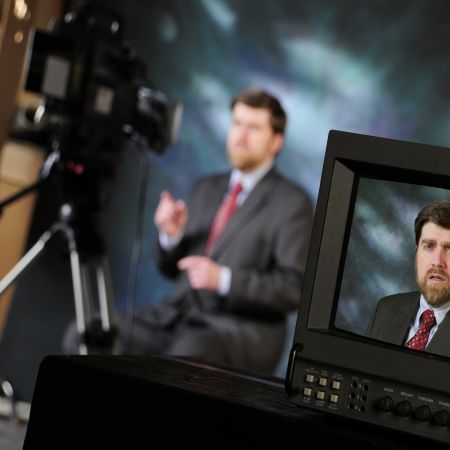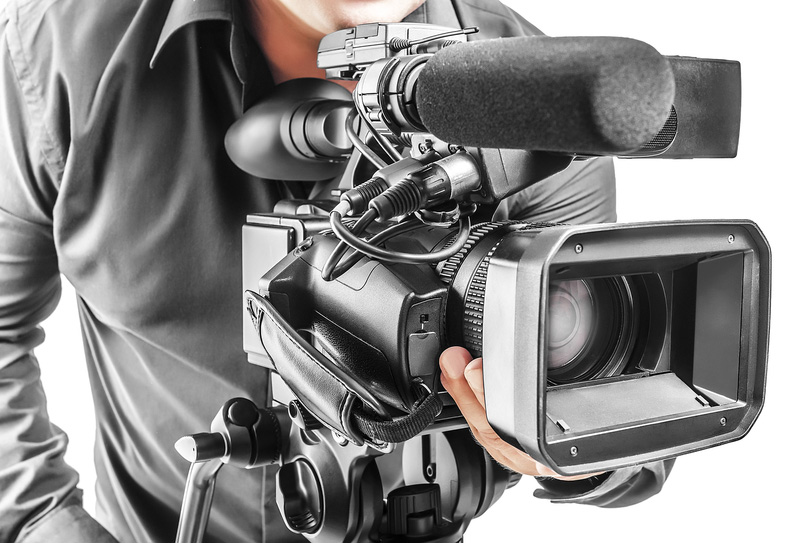Trick Factors to Consider When Working With Legal Videography Professionals
Trick Factors to Consider When Working With Legal Videography Professionals
Blog Article
Looking Into the Mechanisms of Legal Videography: Unveiling Its Procedure in Shielding Authentic Aesthetic Testimony for Judicial Procedures
In the world of judicial procedures, the role of legal videography stands as a keystone in maintaining and offering visual evidence. As modern technology proceeds to advancement, the systems behind legal videography have actually ended up being significantly intricate, offering a crucial layer of authenticity to testaments recorded on video clip. By diving into the operational details of lawful videography, one can discover the precise processes that protect the integrity of visual evidence offered in courtrooms - Legal Videography. This exploration not just loses light on the historical development of legal videography yet additionally hints at the future trends that may even more revolutionize exactly how visual testimonies are promoted in the realm of justice.
Historical Development of Legal Videography
Examining the historical progression of lawful videography discloses a considerable transformation in the capturing and discussion of visual proof within the legal landscape. In the past, lawful procedures greatly counted on composed photographs and transcripts to record occasions and give evidence. Nevertheless, with the arrival of video technology, the lawful industry observed a paradigm shift in exactly how aesthetic testimony was captured and presented.
The advancement of legal videography can be mapped back to the late 20th century when improvements in video clip recording tools made it much more available for usage in court rooms. This technical advancement not only improved the precision and integrity of visual proof yet additionally revolutionized the means instances were presented to judges and courts (Legal Videography). Attorneys began to identify the influential power of video clip recordings in conveying feelings, nuances, and non-verbal signs that written records or pictures alone might not record effectively

Modern Technology Innovations in Video Documentation
What vital technical innovations have transformed video clip documentation in the legal field? The legal area has actually seen considerable developments in video paperwork modern technology that have enhanced the authenticity and reliability of visual evidence in judicial proceedings. One of the essential improvements is high-def (HD) video clip recording abilities, which give crystal-clear photos and sharp details that are critical for accurately capturing statements, face expressions, and other visual hints. In addition, the combination of timestamping and metadata functions in video paperwork devices has made it possible for exact paperwork of when and where the video clip was videotaped, making sure the integrity of the evidence presented in court.
Moreover, developments in video clip file encryption and watermarking modern technologies have actually boosted the safety and security and tamper-proof nature of video evidence, securing it against unauthorized alterations or meddling. Additionally, the arrival of cloud storage space options and remote access abilities has structured the storage, access, and sharing of video evidence, assisting in seamless partnership amongst legal experts and making sure effective access to critical visual testaments when needed. These technological advancements in video paperwork have undoubtedly revolutionized the lawful field, boosting the accuracy, integrity, and admissibility of visual evidence in judicial proceedings.
Duty of Legal Videographers in Court Setups
The evolution of video clip paperwork technology in the lawful area has required a crucial function for lawful videographers in court room settings, guaranteeing the honesty and reliability of visual testaments presented throughout judicial process. Legal videographers play a basic role in catching and maintaining exact visual evidence that can be crucial in court situations. Their obligation reaches establishing devices, taping process, and creating high-grade video clips that accurately show the occasions in the courtroom.
In court room settings, lawful videographers should stick to stringent standards and standards to maintain the authenticity of the aesthetic record. They need to have Continue a keen eye for detail and a thorough understanding of lawful procedures to guarantee that the video footage they capture is a real depiction of the events that took place. Additionally, legal videographers commonly work very closely with lawful groups to make certain that the video proof lines up with the situation's needs and can be successfully presented in court to sustain the lawful debates being made. Generally, the duty of lawful videographers in court room setups is vital in promoting the concepts of justice and ensuring the openness of legal procedures.

Ensuring Admissibility and Honesty of Video Evidence
To maintain the integrity of aesthetic evidence presented in lawful process, making certain the admissibility and integrity of video clip evidence is an important responsibility for legal videographers. Admissibility refers to the approval of proof by the court, and for video proof to be admissible, it needs to fulfill certain criteria. Lawful videographers play a critical role in making sure that the video clips they record comply with the policies of evidence, such as dependability, significance, and authenticity.
Stability of video evidence entails preserving the creativity and precision of the video footage from the time it is tape-recorded up until it is offered in court. This includes securely saving the video data, documenting the chain of guardianship, and protecting against any kind of meddling or modifications. Lawful videographers have to comply with strict methods to guarantee the integrity of the video clip evidence and prevent any type of difficulties to its authenticity.
Future Trends in Legal Videography
Given the increasing reliance on technology in legal proceedings, legal videographers are poised to embrace ingenious innovations shaping the future of visual statement capture and discussion. Among the popular trends imminent is the assimilation of digital truth (VR) and augmented truth (AR) innovations right into legal videography. These modern technologies have the potential to transform how visual proof exists in courtrooms, allowing judges and juries to immerse themselves in the scene of the criminal activity or case.
Furthermore, using expert system (AI) algorithms for video analysis is expected to enhance the process of assessing and examining huge amounts of video clip footage. AI can assist in recognizing essential moments, abnormalities, and patterns within video clips, boosting the performance of legal examinations.
Final Thought
Finally, legal videography has played a crucial role in giving authentic visual evidence for judicial procedures. Through technological innovations and the proficiency of legal videographers, the integrity and admissibility of video clip evidence are ensured in courtroom settings. As legal videography continues to develop, it will be necessary to maintain requirements that maintain the precision and dependability of visual testimony for the future of lawful process.
Checking out the historical progression of lawful videography discloses a significant improvement in the capturing and presentation of visual evidence within the legal landscape.The development of video clip documents technology in the legal area has actually required an important role for legal videographers in courtroom settings, guaranteeing the stability and integrity of aesthetic testimonies provided throughout judicial proceedings. Additionally, legal videographers frequently work closely with legal teams to guarantee that the video evidence lines up with the situation's demands and can be Get More Information properly offered in court to support the legal arguments being made.To maintain the reputation of visual evidence provided in legal procedures, ensuring the admissibility and stability of video clip evidence is an important duty for lawful videographers. As legal videography proceeds to evolve, it will be vital to promote criteria that preserve the precision and integrity of visual statement for the future of legal process.
Report this page